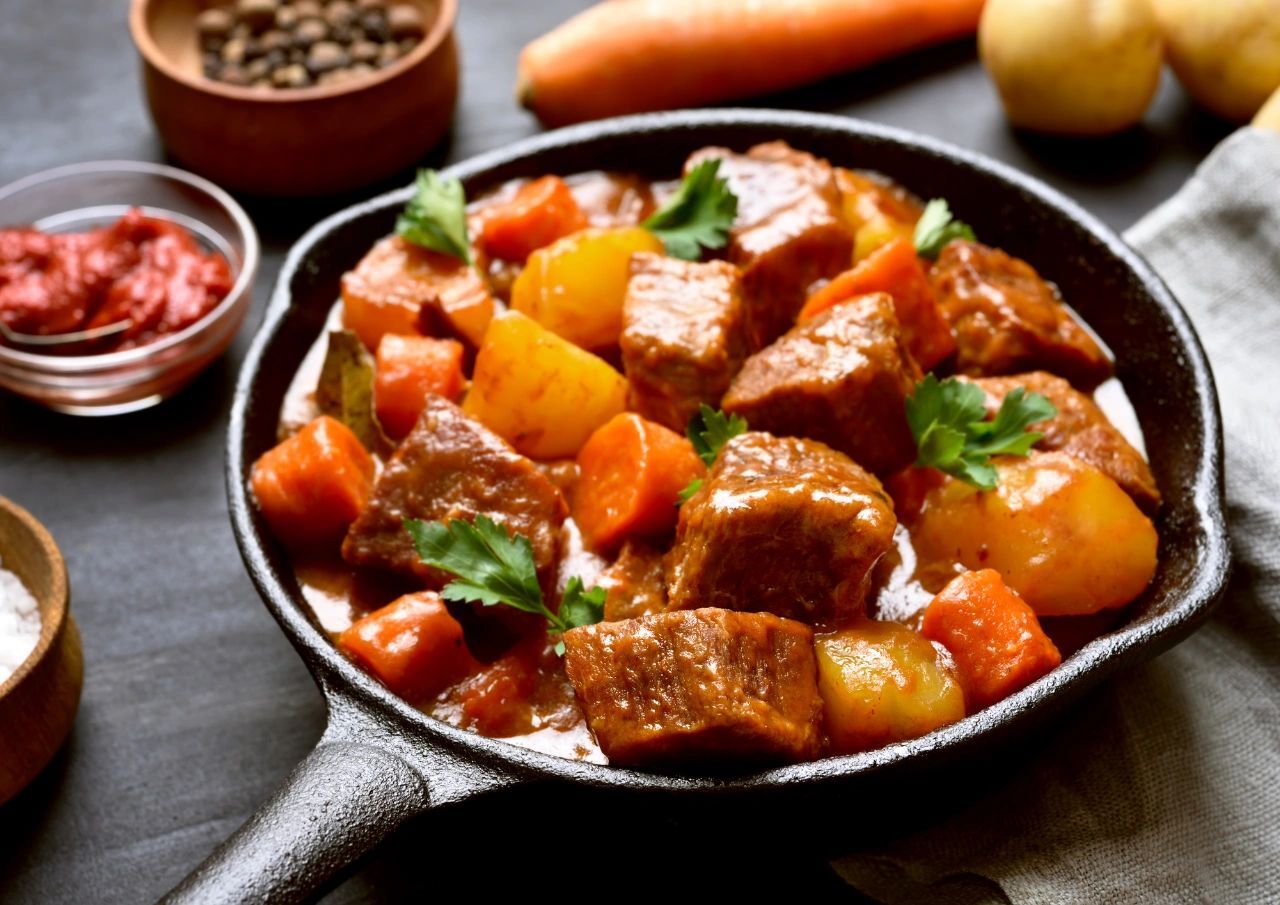The island country of Saint Lucia in the West Indies is a nation of some 180,000 people, all living in an area barely a quarter of the size of Rhode Island. It is located in the eastern Caribbean Sea, just a stone’s throw away from Martinique, Saint Vincent and Barbados. But Saint Lucia is in no way in the shadow of its neighbors! The island has a strong and unique identity, expressed in many ways, not least in the irresistible flavors and aromas of its cuisine.
The British claimed Saint Lucia for the Crown in 1664, and for the next 150 plus years, the English and the French fought over it tirelessly. The island changed hands no less than seven times between these two rivals! This earned Saint Lucia the moniker, “Helen of the West”, after Helen of Troy. (In Greek mythology, Helen was also courted by several suitors, one of whom she left, only to return to).
A self-deprecating English idiom says, “The French have good food, but we have good table manners!” But it seems the culinary legacies of both European nations, especially when combined with local Creole cooking, and Indian influences, worked rather well (though perhaps at the cost of said table manners!) Modern food in Saint Lucia is varied, rich in herbs and spices, often peppery, always mouth-watering, and expertly blends sweet, sour, salty, bitter, and pungent flavors.
It also includes astonishingly tasty dishes made from simple, and sometimes even lowly, ingredients. When African slaves worked the plantations under colonial rule, slave owners had to find cheap options to feed large numbers of laborers (and slaves had to find imaginative ways to use anything they could lay their hands on). Lamb neck bouillon, stewed chicken backs (with lots of bones), pig tail and red bean stew, and cow heel soup, are all examples of ‘waste’ meats being made into genuinely appetizing dishes! And then there’s sorrel, a humble green flowering plant that grows in the wild – but when boiled with ginger and cinnamon, and sweetened, it makes a Christmas treat!
Because of the tropical climate and soils rich in volcanic nutrients, there’s an abundance of fresh fruit and vegetables in Saint Lucia, as well as fresh herbs. Quite often ingredients are taken straight from the garden to the kitchen – and then served on your plate! Because of this, Saint Lucians are big on using seasonal produce in their cooking.
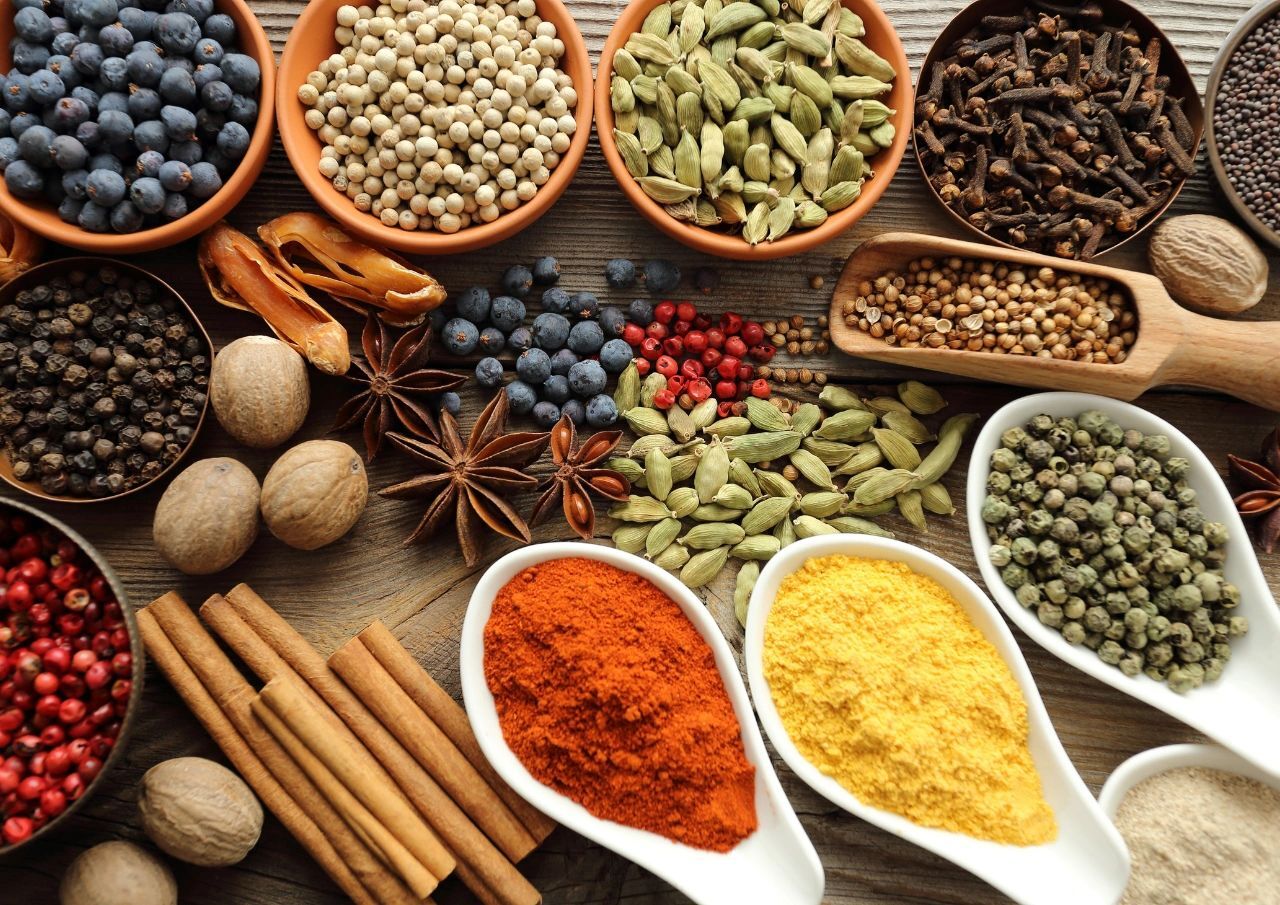
Foreign spices such as cinnamon and cloves were brought first by the British – from their colonies via the East India Company. After the abolition of slavery, indentured laborers replaced the slaves on Saint Lucia plantations, and many were from India – contributing a whole new level of spice blending know-how! Local people use chives, parsley, thyme, and other fresh herbs to garnish dishes, with celery and peppers added for extra flavor. And let’s not forget the ubiquitous go-to condiment, West Indian pepper sauce.
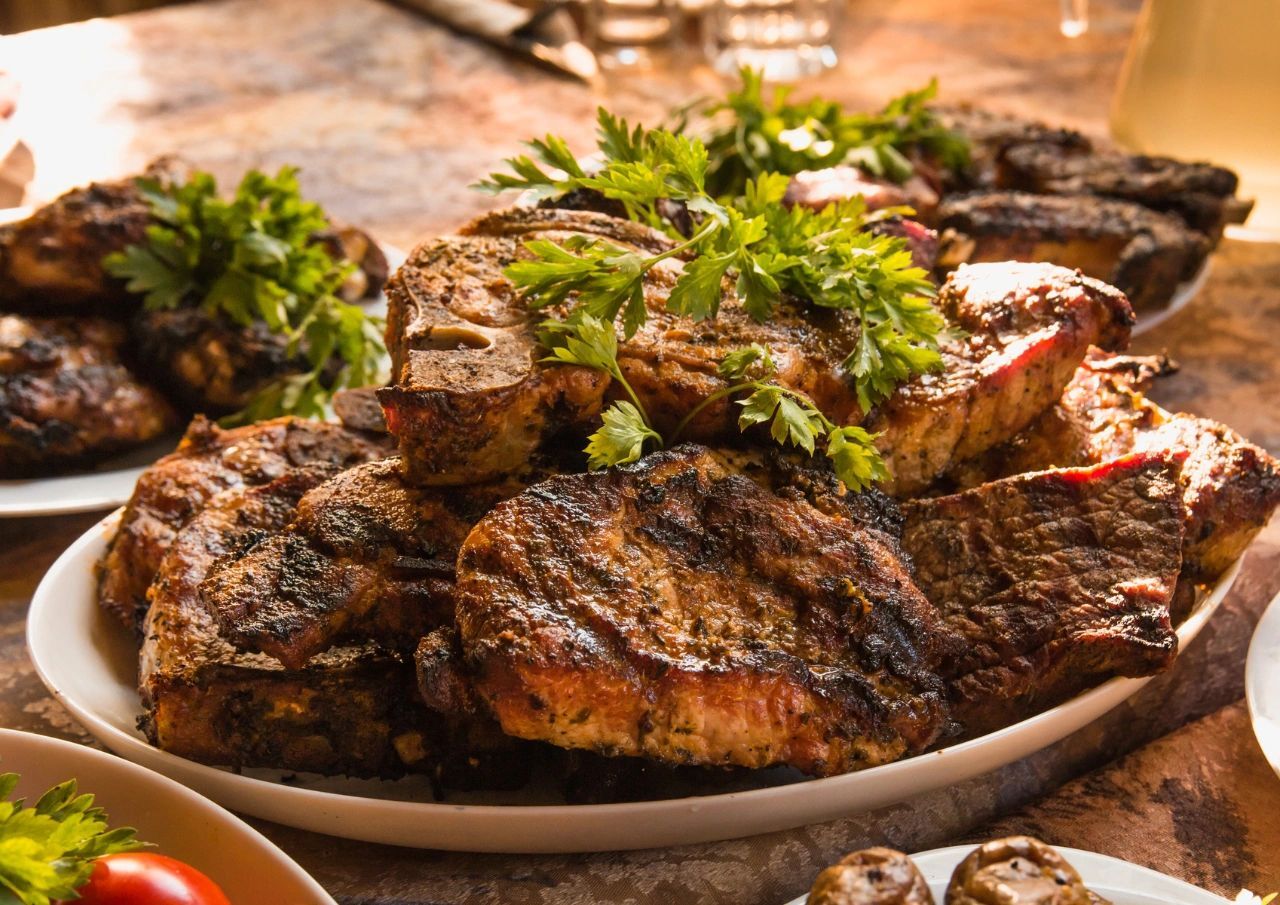
Although they’re surrounded by the sea, Saint Lucians are quite carnivorous! While their favorite meat is pork, you’ll find chicken, lamb, beef, and goat (and, if you look for it – possum…) barbecued, fried or in stews. And of course, there’s sea food!
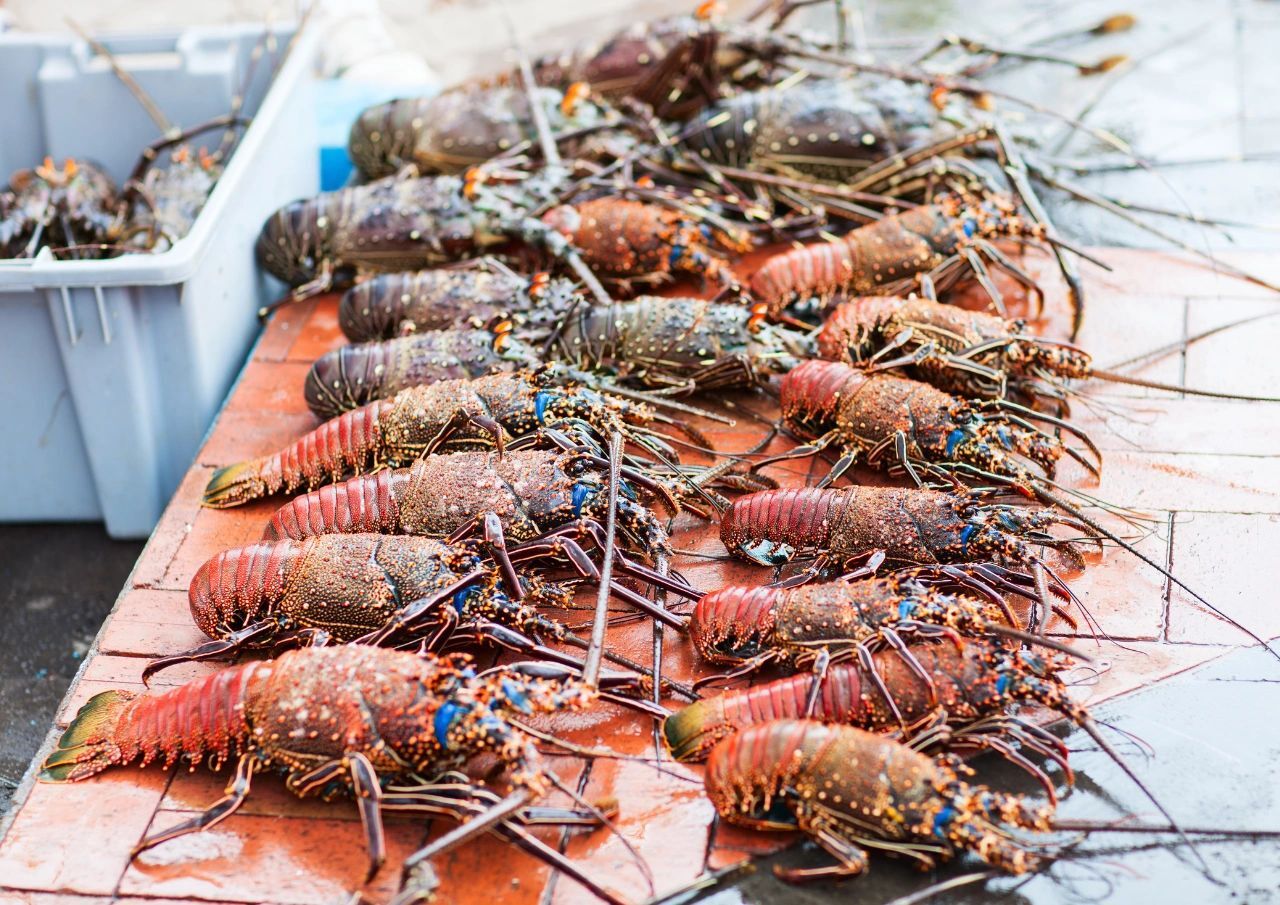
Fish is abundant, it goes without saying, tuna, snapper, dorado and marlin to name but a few. Conch is a staple too, but Caribbean spiny lobster is the treat that steals the show. The season for langouste (lobster) only lasts half the year, from the beginning of August to the end of February – so there’s always a risk you’ll miss out…
As with many islands, the food experience on Saint Lucia is not just about what you eat, but also about where, and how! No self-respecting traveler can visit the place without experiencing a Friday Night Fish Fry! But more on that later.
For now, all this talk of food must be making you hungry, so without further ado, let’s plunge straight into some substantial, hearty Saint Lucian meals that delight both stomach and tastebuds!
Traditional Main Dishes
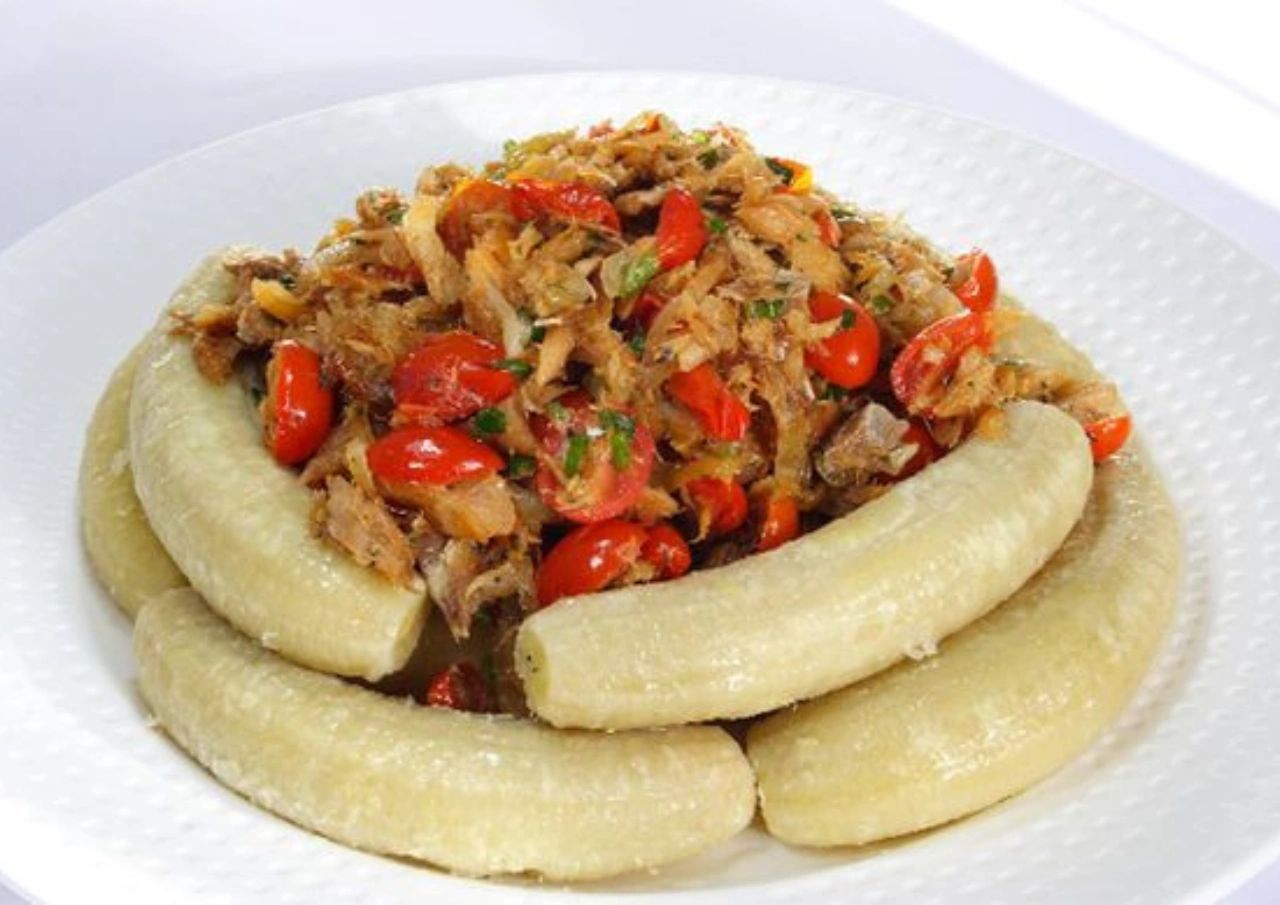
Green Figs and Saltfish
The national dish of Saint Lucia is nutritious, simple, and contains no figs! Green figs here refer to green bananas, while saltfish is often cod, or other fish with white flesh which has been dried and preserved with salt. Now this may not sound very exciting, but do not be fooled – the fish is stewed slowly with an abundance of tomatoes, peppers, fresh green herbs, garlic and onion, with the green bananas boiled with it at the end to soak up the flavors. Add a garnish of shredded cabbage, cucumber and avocado slices, and you have a one-pot meal that will make you feel you’ve gone local!
Green figs also make a great salad side dish. Sliced or diced like you would potatoes, with chopped parsley, spring onions and a nice French mayonnaise, green fig salad is great with BBQ meats.
Smoked Herring and Breadfruit
This dish is a close cousin of the above. Smoked herring, however, has a stronger, more distinct flavor than saltfish, which the more neutral breadfruit balances nicely. Add the freshness of a cucumber salad, and you have yourself a light meal!
Stewed Pork and Ground Provisions
Ground provisions is another delightful local expression, referring to root vegetables to form the starchy component of meals. In Saint Lucia these are mainly sweet potato, yams, taro and cassava. The pork is stewed with peppers and seasoned with a little salt and oil, then served over soft boiled ground provisions lavishly sprinkled with fresh garden herbs.
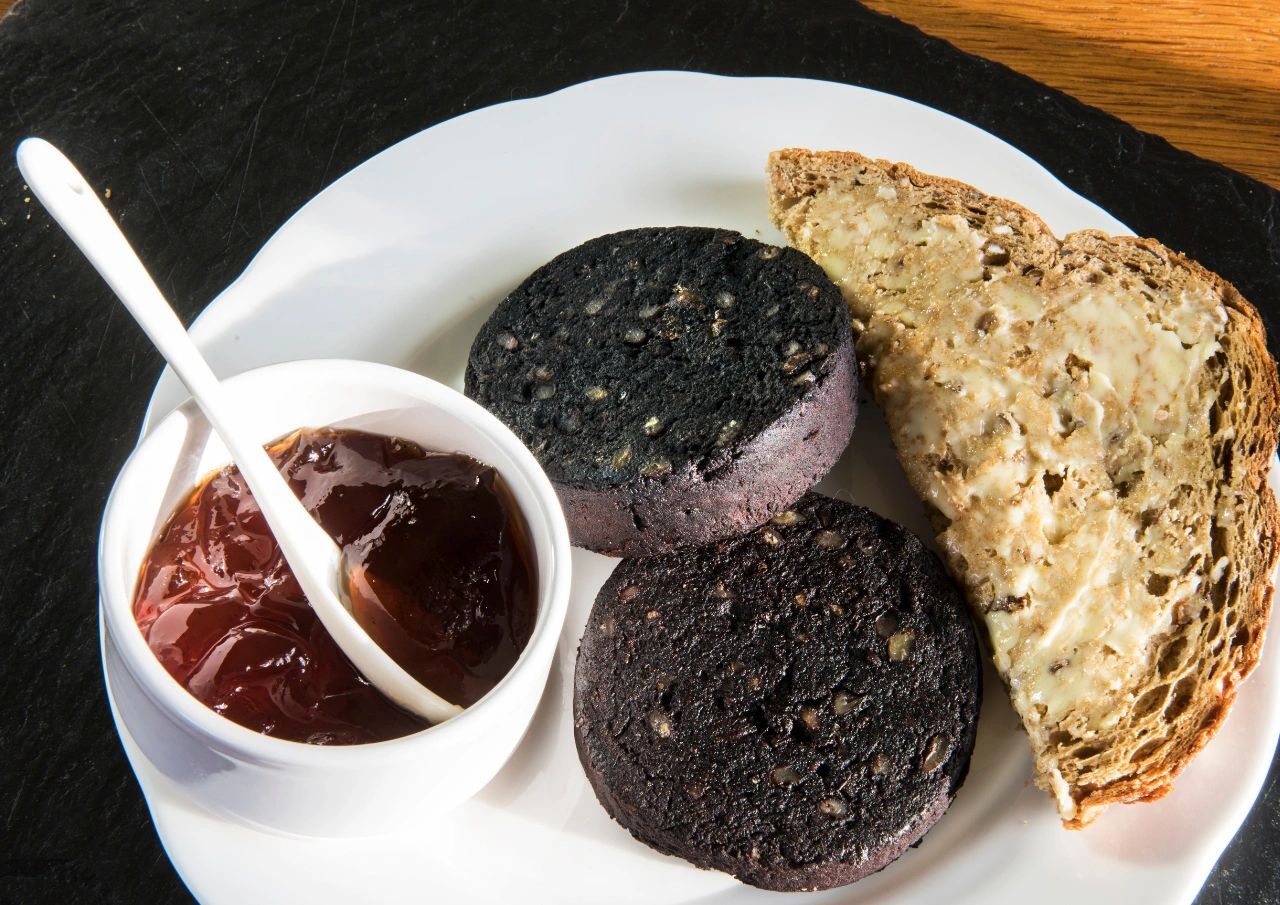
Black Pudding
Any tropical island that has had a French influence will have some variety of boudin, or black pudding. This is basically pig’s blood sausage, which some may find off-putting – but all meat has blood in it, and if you didn’t know what black pudding is made off, you’d never guess from the rich, soft texture. It’s always abundantly seasoned with herbs and spices, and you may find it’s one of the best sausages you’ve ever tasted!
Bouyon – or bouillon – soup
This is a hearty soup you’ll find on lunch menus in many restaurants, but you’ll find nice, filling versions of it in the weekday markets of Saint Lucia’s capital, Castries. A bouillon is basically a clear broth of slowly simmered ingredients. A common recipe contains lamb or beef, with ground provisions, carrots, bell peppers and herbs. Some versions also contain the ferocious scotch bonnet peppers – treat with caution if you’ve never had them! And there’s also a simple bouyon soup, made with pig’s tail and red beans, or red lentils.
Lobster, or langouste
The main appeal of Saint Lucia lobster is that it’s ultra-fresh – often straight from the sea! During the 7 month-long season, lobster is served anywhere from classy restaurants to streetside stalls (of which there are many at the Friday Night Fish Fry). Fine cuisine uses parboiled lobster seasoned with butter sauce or cream, but it’s also fantastic simply grilled. It’s mouth-watering simply marinated with lemon juice too, or even as sushi!
Saint Lucians love crab as well, often made as a stew with callaloo greens, and lambi – pan friend conch seasoned with plenty of spices! But the most fun way to try sea food in Saint Lucia, is the Friday Night Fish Fry – so let us sidetrack here for a moment.
Friday Night Fish Fry
The small, quaint fishing town of Anse la Raye may look quiet enough – but every Friday it is transformed into a place to eat, drink and be merry! Before nightfall, the locals will be firing up their barbecues and coal pots, ready to grill or fry seafood straight from the sea just yards away.
After dark, once everyone has had a rum punch or two and a snack, local DJs set the music in motion, and the scene is set for a street party! The setting is basic – think plastic chairs and tables to sit at, and dancing wherever takes your fancy – but the atmosphere is just how you’d want it! Local reggae and soca music keep the vibe festive until after midnight, and visitors can feast on delicacies like lobster and red snapper. Well into the night, everything shuts down and everyone goes home – until the following Friday!
But back to food for the other six nights of the week!
Side Dishes

Callaloo Soup
The Caribbean version of a dish with leafy greens is callaloo. Taro leaves are perfect for this dish, as is amaranth (of which spinach is one kind). The Saint Lucia version of this soup is even greener and healthier through the addition of okra, and made thicker with potato and sometimes coconut milk. It can be served with a French touch – piping hot croutons!
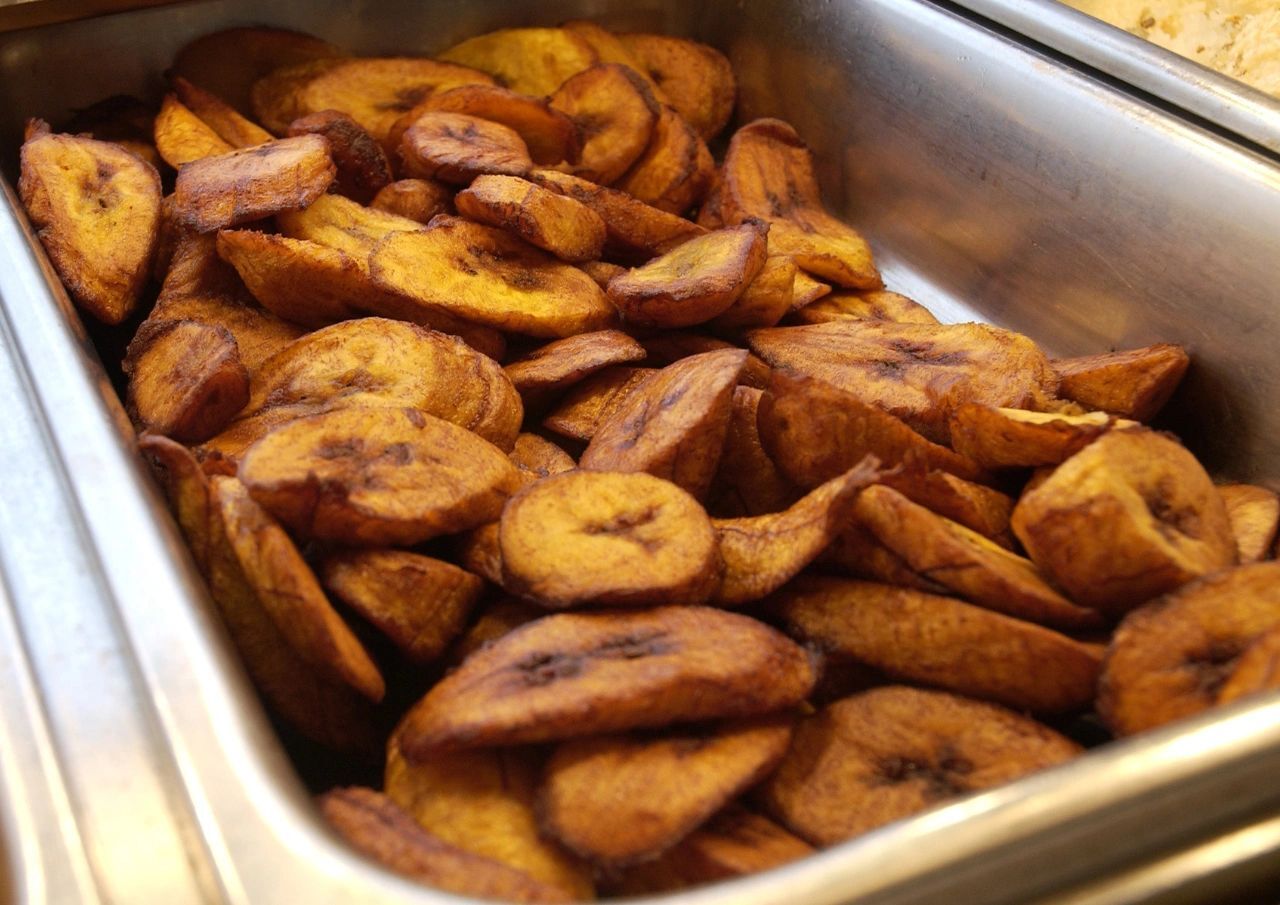
Friend Plantains
Plantains are another kind of green banana, sometimes referred to as cooking bananas. They are larger, sweeter and stodgier than ordinary bananas – but when fried they become light, tender on the inside and crisp out, and totally addictive. Many a diner has begun snacking on fried plantain while waiting for a main dish – only to find they were quite full already! Friend plantain is available almost anywhere, and goes well with both meat and fish.
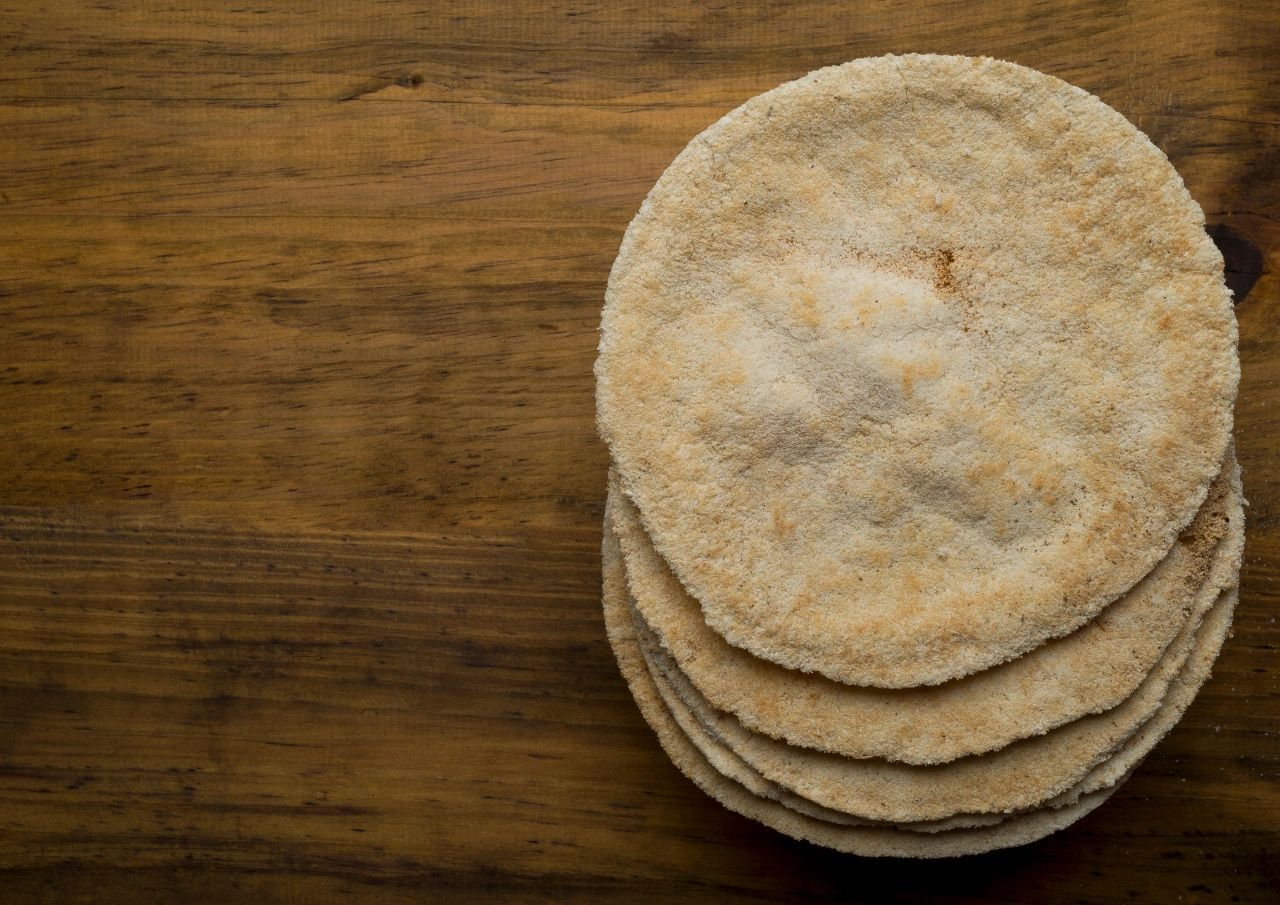
Cassava Bread
As its name suggests, cassava bread is simply bread baked from cassava flour. Well, it’s not quite that simple! Cassava bread is baked fresh daily all over Saint Lucia, and although it can be served plain to accompany soups and stews, it also comes in several flavors! Saltfish makes a great savory cassava bread, but the real treats are chocolate, cherry, ginger, or raisin.
Drinks and Snacks

Juices
Saint Lucia has loads of fruit, and it has seasons – so it’s no surprise that the juice of seasonal fruits is a given at any restaurant, and in anybody’s home when you’re invited. September to November is a citrus fest, with oranges, tangerines, mandarins, grapefruits and more, often with a dash of lemon or lime. Exotic offerings at other times of the year include starfruit, sweet apple, soursop, cherry, guava, pineapple… need I go on?

Rum Punch
What better to add to your sunset juice than a splash of rum? The Caribbean is the home of the best rums, and Saint Lucia just happens not to be short of them! But beware, Saint Lucia rum punch can be treacherous – the second glass celebrates the first, and beckons the third!
Piton Beer
The Pitons – Gros Piton and Petit Piton – are the twin mountains that are the iconic natural landmarks of Saint Lucia. Piton beer is named after these volcanic spires, and is really the only lager you should drink in Saint Lucia, especially if it’s your first trip! It is actually possibly to climb the 2600 feet-high Gros Piton – but it’s probably best to save its namesake beer for after your trek!
Snacks to eat with your drink could be:
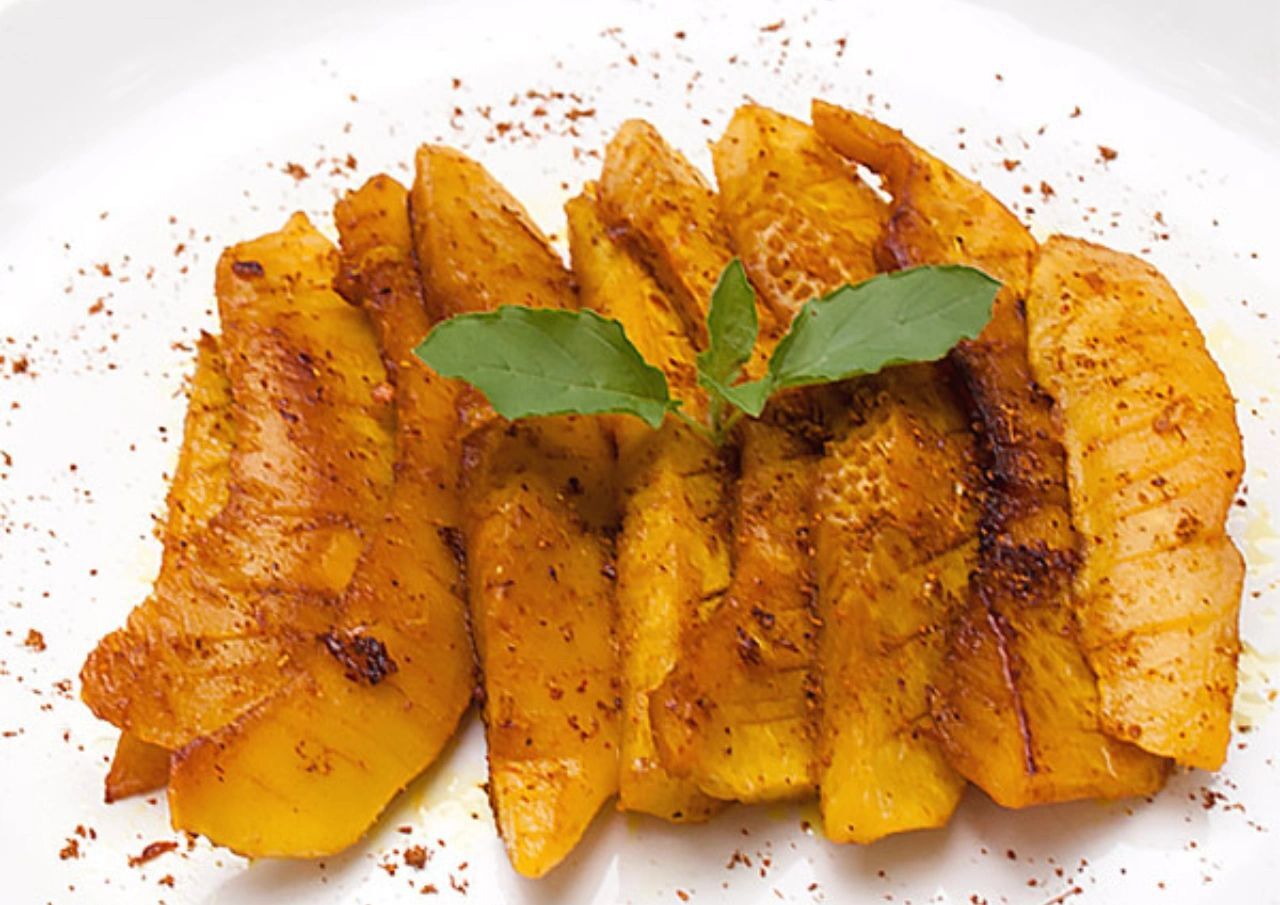
Breadfruit fries
Breadfruit is a Caribbean staple, and cooked in many ways, but light, crisp fries with a sprinkling of salt and some hot sauce are pure bliss. Have the cool beer near at hand though!
Avocado balls
You’ll find these especially around Creole Day, at the end of October, but you can usually order them in restaurants any time of year. They’re mix of avocado and cassava flour, with salt, pepper and a hint of lemon juice. Don’t leave Saint Lucia without trying them!
Accra
Accra in Saint Lucia means fish fritters. Fish – generally saltfish – is mixed with various vegetables, then coated in batter and deep fried. Accra is usually a snack, but can easily turn into a meal!
Our overview of Saint Lucian cuisine would not be complete without mentioning a couple of the island’s best sweet delights.
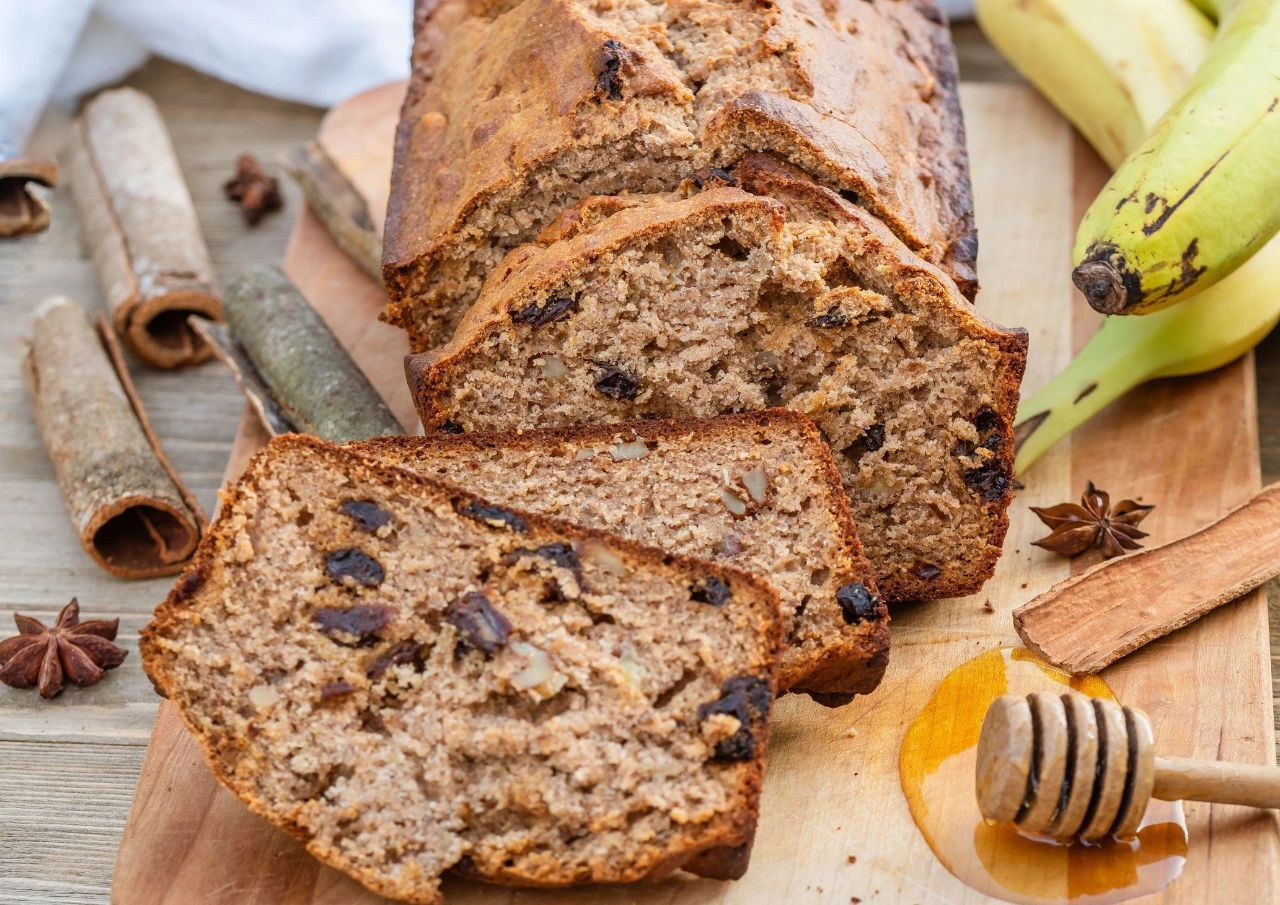
Banana Bread
If you think you know what this is, think again – in Saint Lucia it has double the bananas, plus added walnuts, pineapple and raisons. Just what the doctor ordered!
Paime
Paime is a Creole word for a sweet treat made of cornmeal and pumpkin. It’s generally boiled or steamed in a banana leaf, and flavoured with spices, dried coconut and sometimes raisins.
Cocoa Tea
A staple and absolute favorite of Saint Lucians, cocoa tea in fact contains no tea – and is actually so rich it’s more of a meal than a beverage! Consumed with dumplings, it’s a common breakfast on the island. Cacao is dissolved in hot water, then sugar, milk and spices are added to taste.


